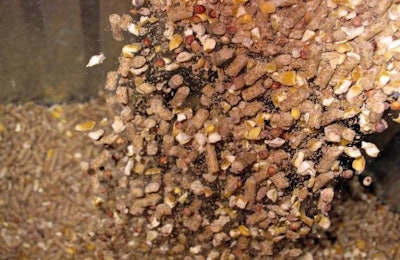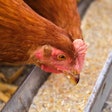
Australian poultry integrator Ingham’s is considering its options following a Supreme Court ruling against its plan for a new feed mill near Perth. Meanwhile, farmers groups are calling for an inquiry into the country’s chicken market, alleging excessive control by Ingham’s and its largest competitor.
A Supreme Court justice has agreed with an application to prevent Ingham’s new feed mill at Muchea in Western Australia, reports Perth Now.
In August of 2019, the local development assessment panel had approved the firm’s application to construct a feed mill at the site at a cost of AU$24 million (US$16.5 million). In 2017, Ingham’s had sold the current site — incorporating a feed mill with its poultry farm in nearby Sinagra — for housing development, remaining at the location as a leaseholder.
Lodging an appeal to overturn the original panel decision was investment company Harvis Capital. Owners of the Muchea Industrial Park, Harvis successfully argued at the Supreme Court that the feed mill was not an appropriate development for that site, which is located in an agricultural resource zone.
Responding to the decision, a spokesperson for Ingham’s stressed the firm’s commitment to supplying poultry in Western Australia. Its legal team is currently reviewing the court’s decision.
Despite the setback over the new feed mill, Ingham’s has begun construction of a new hatchery at nearby Muckenburra, reports Perth Now. Last year, the panel approved this development, which was estimated to cost AU$20 million, and have a capacity of 1.5 million day-old chicks.
Farmers lobby for chicken market investigation
Australia’s largest poultry companies — Baiada Poultry and Ingham’s — supply around 70% of the country’s chickens, according to the Australian Chicken Meat Federation.
Because of the control exerted by just two companies, the National Farmers Federation (NFF) has recently alleged that excessive pressure is being put on broiler growers.
ABC reports the NFF allegation that there is potential for the abuse of power by the two big processors involved in the Australian chicken market. Contracts are overly complex, according to the NFF, and in some areas, farmers have no choice of buyer. These conditions add to their business pressures, while retail prices for chicken remain low, unlike for other meats.
In response, NFF is among the farm lobby groups calling for an inquiry into the Australian chicken industry.
More on Ingham’s
Founded in 1918, Ingham’s has grown into a large vertically integrated poultry business. This includes great grandparent and grandparent breeders, 10 hatcheries, nine feed mills, and seven primary processing facilities. The firm operates its own farms as well as through contract broiler growers. In the 1990s, Ingham’s expanded into New Zealand.
With annual slaughterings of more than 181 million birds, Ingham’s is the second largest poultry meat producer in Oceania, according to the WATT AgNet Top Poultry Companies database.
According to the firm’s latest annual report, its Poultry business covers chicken and turkey products—primary, free-range, valued-added, further-processed, and ingredients. Most of output from Ingham’s Stockfeed division is channeled into its own poultry production. As well as feeds for all stages of chicken rearing, the firm also produces diets for turkeys, ducks, quails, pigs, and dairy.
On revenue of just under AUD2.49 billion, Earnings before Tax, Depreciation, and Amortization (EBITDA) was AUD242.2 million for the 2019 financial year.
Core poultry production volume increased by 4.3% year-on-year. At almost AUD2.257 billion, revenue for Ingham’s poultry business in 2019 was up by 6.6%. Of the total, AUD1.946 billion was generated in Australia, and AUD310 million in New Zealand.
For the feed division, total revenue stood at AUD233.1 million—comprising AUD163.2 million in Australia, and AUD69.9 million in New Zealand. This figure represents a reduction from the AUD256.1 million reported for the previous year. The company attributes this contraction to a 10% fall in feed volume following the collapse of a New South Wales chicken producer in 2018.

















